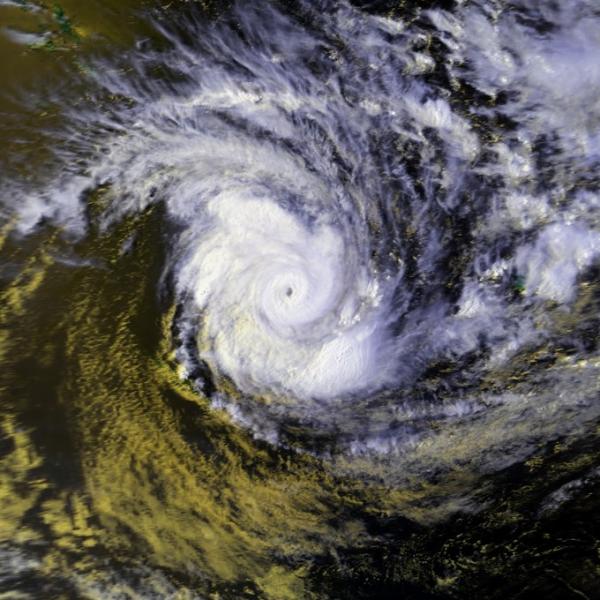Celebrating the increased participation of women in meteorology
March 2016
International Women’s Day is held every year in March and to mark this occasion we want to give a big shout out to all the great women working here at MetService. Since 2001 we have trained 34 women and 30 men to be World Meteorology Organisation (WMO) qualified meteorologists. Twenty years ago the statistics were very different.
